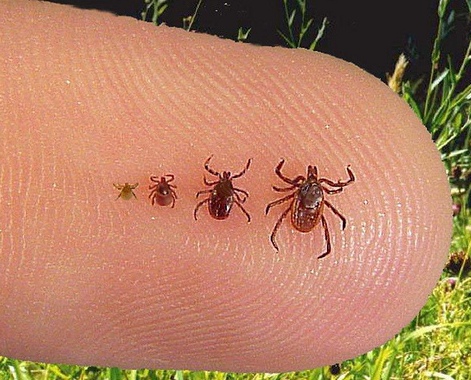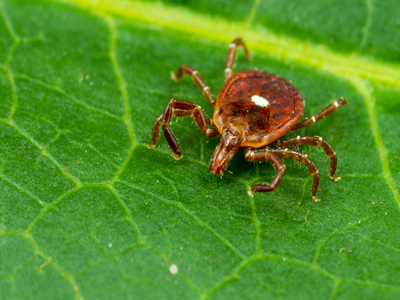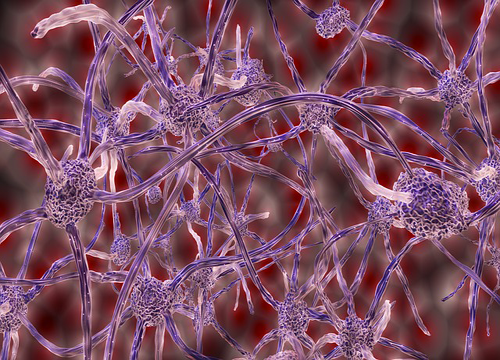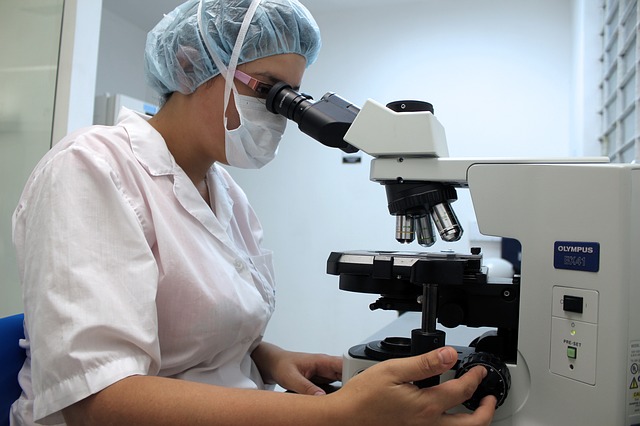Study finds tiny larval ticks can transmit Borrelia miyamotoi
Unlike Borrelia burgdorferi, the causative agent of Lyme disease, female ticks infected with Borrelia miyamotoi can pass the bacteria to their offspring. “Therefore, in addition to nymphs and adults, larvae can vector B. miyamotoi to wildlife and human hosts,” write the authors of a new study, “Vertical transmission rates of Borrelia miyamotoi in Ixodes scapularis […]


















